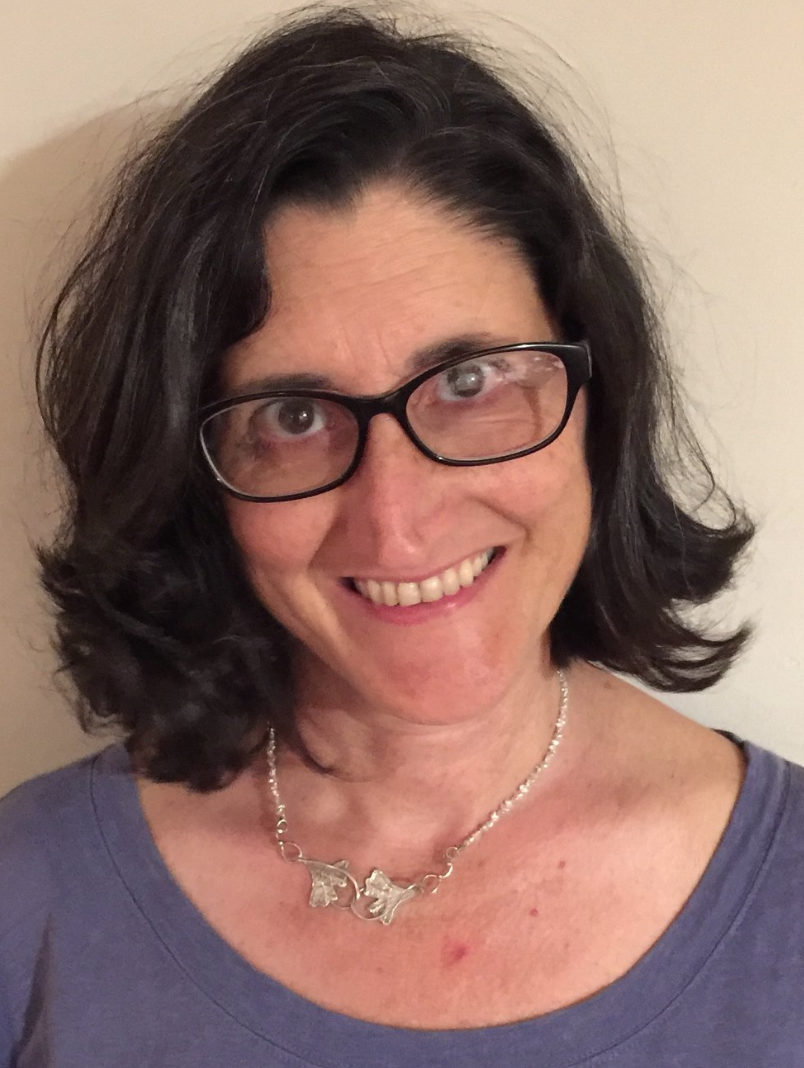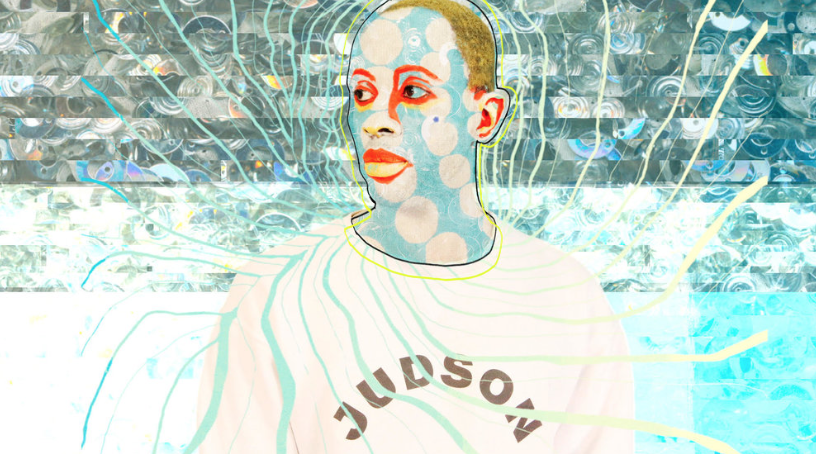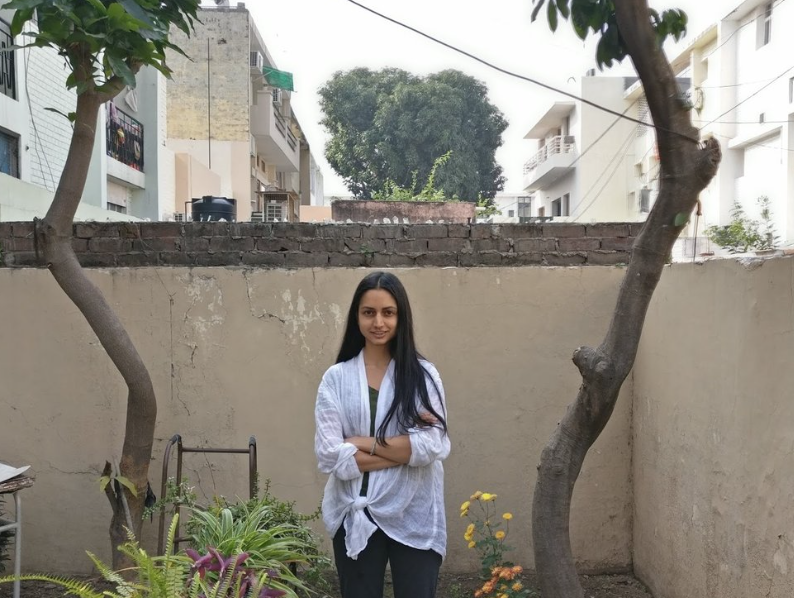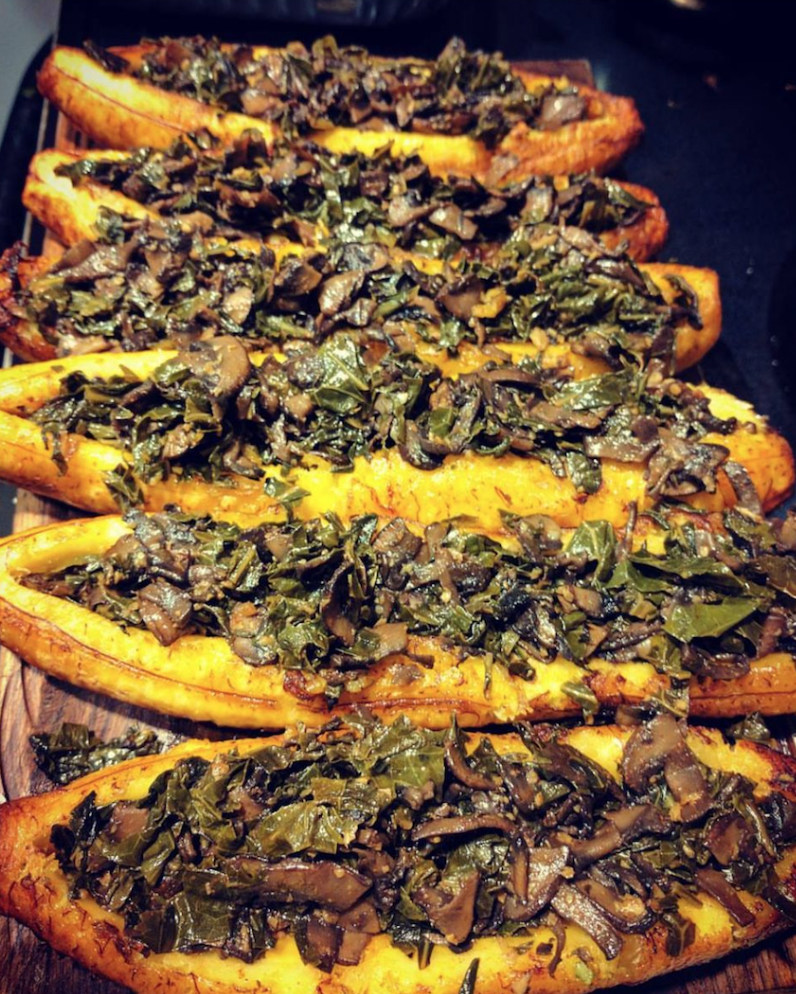Farnaz Fatemi
Farnaz Fatemi is an Iranian-American poet, editor and writing teacher. Her current work investigates her own experience of Iran (specifically, Iranian women) as it encounters a received iconography from popular and political culture. Farnaz’s poetry and prose appears or is forthcoming in Grist, Catamaran Literary Reader, Crab Orchard Review, Tupelo Quarterly, Delaware Poetry Review, the anthologies Let Me Tell You Where I’ve Been: New Writing by Women of the Iranian Diaspora and In Plein Air, and elsewhere. She has been awarded residencies from PLAYA, Marble House Project, I-Park Foundation, and Djerassi, and honored by the International Literary Awards (Center for Women Writers), Poets on the Verge (Litquake SF), and Best of the Net Nonfiction. She is a member of the Squaw Valley Community of Writers. Farnaz taught Writing at the University of California, Santa Cruz, from 1997-2018.
farnazfatemi.com
Eric Ramos Guerrero
Eric Ramos Guerrero Lean Like A Camaro 2016 graphite and ink on paper 14"x20" first shown at the Drawing Center in 2016
Eric Ramos Guerrero’s practice is rooted in the landscapes of suburbia, notions of borders and the tropical spaces of western expansion. He received his BFA fromThe School of the Art Institute of Chicago and an MFA from Columbia University. His work has been exhibited internationally most notably at the Drawing Center, El Museo Del Barrio, PS 122, ICP New York, Museum of Contemporary Art Vojvodina, Green Papaya Philippines and The Inside-Out Museum Beijing.
www.ericramosguerrero.com
Raja Feather Kelly
Raja Feather Kelly’s Choreography includes Another Fucking Warhol Production (The Kitchen), Andy Warhol's Bleu Movie (BAM Fisher), Andy Warhol’s TROPICO (Danspace Project), Andy Warhol’s DRELLA, I Love You Faye Driscoll (The invisible Dog), and Andy Warhol’s 15: Color Me, Warhol; (Dixon Place). Off-Broadway credits include choreography for Brenden Jacobs-Jenkins’ EVERYBODY directed by Lila Neugabauer (Signature Theater), Susan-Lori Parks’ The Death of The Last Black Man in the Whole Entire World directed by Lilieana Blain-Cruz (Signature Theater, Nominated for 2017 Lucielle Lortel Award), Funnyhouse of a Negro; written by Adrienne Kennedy directed by Lila Neugebauer (Signature Theater, Nominated for 2017 Lucielle Lortel Award), Daaimah Mubashshir ’s EVERYDAY AFROPLAY(JACK) and Richard Allen and Taran Gray’s FREEDOM RIDERS: THE CIVIL RIGHTS MUSICAL (Acorn Theatre) Directed by Whitney White. Raja was born in Fort Hood, Texas, and is the first and only choreographer to dedicate the entirety of his company’s work to Andy Warhol and the development of popular culture over the last thirty years. Kelly can be seen in the work of Reggie Wilson/Fist and Heel Performance Group, Keely Garfield and Kota Yamazaki. He has formerly been a company member with David Dorfman Dance, Kyle Abraham/Abraham.In.Motion, Christopher Williams Dance, Zoe | Juniper, Colleen Thomas and Dancers. Honors include a 2018-19 Carthorse Fellowship at the Buran Theatre, a 2017 Princess Grace Award for a Fellowship in Choreography, a 2017 Bessie Schoenberg Fellow at the Yard on Martha's Vineyard, the 2016 Solange MacArthur Award for New Choreography, a 2016 NYFA Choreography Fellow, a Jerome Foundation Travel and Study Grant, a 2016 Dancemapolitan Commissioned Choreographer, a 2015 Dixon Place Dance Artist in Residence, a LMCC Workspace Residency Recipient. He has been the Guest ChoreographerBates Dace Festival, Princeton University, University of Maryland College Park, University of Florida, University of Utah, and Middlebury College; the Harkness Choreographer in Residence at Hunter College; a 2009 Dance Web Scholar; Has received 2 Foundation for Contemporary Arts Emergency Grants. He received his BA in both Dance (with honors, concentration in Choreography and Performance) and English (with honors, concentration in Poetry) from Connecticut College.
thefeath3rtheory.com
Lyle Kash
Lyle Kash_gloves off // T4T_HDVideoStill_2017
Lyle lives with his little red dog in Los Angeles. He is an MFA Film/Video student at the California Institute of the Arts. He is the writer/director of X: Death & Bowling in Los Angeles, a narrative feature with an almost entirely trans cast, which enters production in September 2018. In addition to his filmmaking work, he is a cocktail wizard, long-distance runner, avid reader, and passionate friend.
Christian Berman and Marisa Adesman
Christian Ruiz Berman "Mirage for Kokichi" Acrylic on panel 5"x7" 2017
Marisa Adesman was born and raised in Roslyn, New York. She recently graduated from the Rhode Island School of Design with a Masters of Fine Arts in Painting. In 2013, she received a Bachelors of Fine Arts degree from the Sam Fox School of Design & Visual Arts at Washington University in St. Louis, where she majored in painting and psychology. Marisa graduated magna cum laude from WashU and received the Hazel H. Huntsinger Memorial Prize in Painting. She also attended Yale University’s Summer School of Art in Norfolk, Connecticut in 2012 and Columbia University’s Advanced Painting Intensive in 2013. Marisa is currently the artist in residence at the Hub-Bub program hosted by the Chapman Cultural Center in Spartanburg, SC. Christian And Marisa are collaborating during this residency.
I was born in Mexico City in 1982. I have a BA from Duke University, and later completed a masters degree in landscape architecture at the Rhode Island School of Design. I’m currently completing my MFA in painting, also at RISD. I have worked in environmental conservation, landscape architecture, art education, and public art. If life is a vast broth of chaotic acts and tangled reactions, making art is how I chart my way through the soup. Because I was forcefully removed from my homeland of Mexico and from much of my family at a young age, I became accustomed to localizing my identity within a precarious juncture of memory, fact and fiction. My work draws from personal histories of migration and adaptation, and I’m interested in the emotional and communicative power of the image. While I consider myself essentially non-religious, I am fascinated by the role of visual representations and symbols in mystical and shamanic practice, and have recently become quite interested in the intersections between contemporary philosophy and eastern/buddhist tradition. I consider my work meditative in that it strives to dissect and understand the components of my experience and of my cultural and aesthetic legacy in a way that might give a greater understanding of the whole. While I use symbols, architectures, and snippets of stories that are deeply personal and autobiographical, I want my paintings to embody a shared experience. The ability for the viewer to live their own life inside my work is extremely important to me, as is the work’s potential to inspire new narratives. The 20th century Indian philosopher J. Krisnamurti speaks about the importance of what he terms “joyful discontent.” This concept involves the abandonment of a quest for stability and security, which he deems are forms of premature death. I try to approach painting as someone that is always discontented, not with my station or success, but joyfully discontent because of a desire to know more, to learn more, to see more. I am also deeply influenced by the current writings of feminist philosophers like Karen Barad and Donna Haraway, who strive to build an ontology and worldview that privileges intra-actions and entanglements between things and systems rather than a reality built upon discrete objects and hierarchical actions. Barad writes about describing reality as an apparatus, in which each person, animal, relationship, and mechanism is an essential component of the present moment. She writes about the tentacular and woven nature of agency, as well as about humanity’s need for new symbols and figures that better reflect our current knowledge of quantum physics and the nature of reality and the mind. If there is a need for new symbols, new words, new ways of seeing things, how can I add to the conversation as a painter?
www.cruizberman.com









